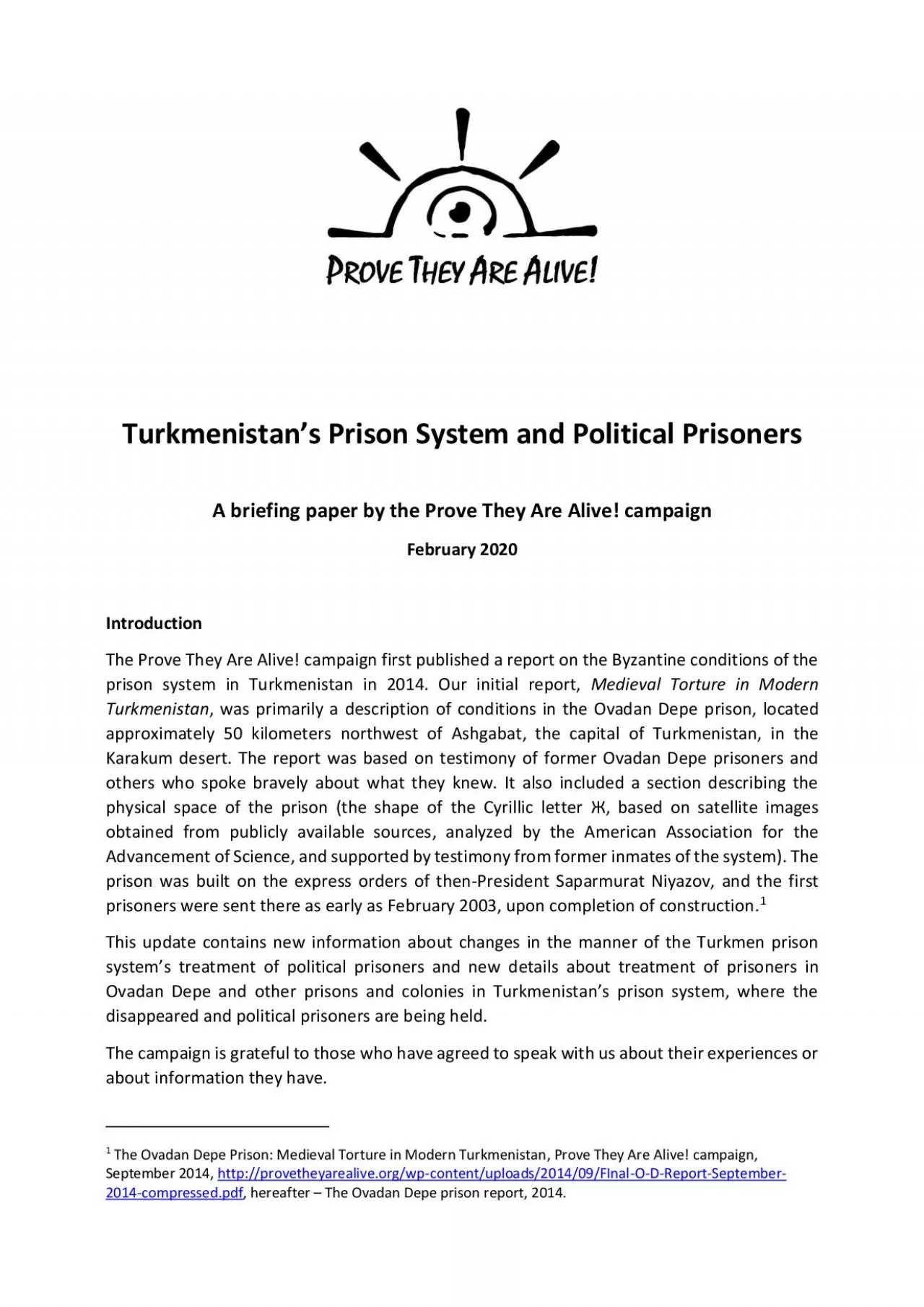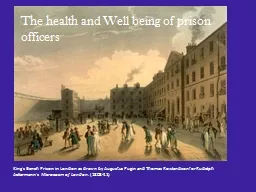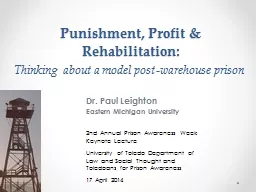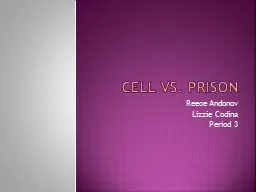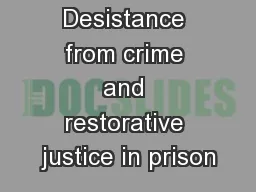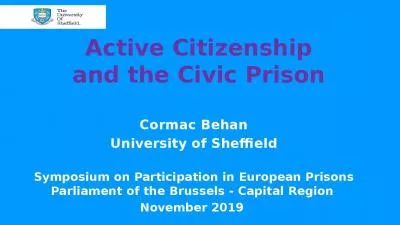PDF-Turkmenistans Prison System and Political Prison
Author : scarlett | Published Date : 2021-08-31
ersA briefingpaper by the Prove They Are Alive campaignFebruary 2020IntroductionThe Prove They Are Alive campaign first published a report on the Byzantine conditions
Presentation Embed Code
Download Presentation
Download Presentation The PPT/PDF document "Turkmenistans Prison System and Politica..." is the property of its rightful owner. Permission is granted to download and print the materials on this website for personal, non-commercial use only, and to display it on your personal computer provided you do not modify the materials and that you retain all copyright notices contained in the materials. By downloading content from our website, you accept the terms of this agreement.
Turkmenistans Prison System and Political Prison: Transcript
Download Rules Of Document
"Turkmenistans Prison System and Political Prison"The content belongs to its owner. You may download and print it for personal use, without modification, and keep all copyright notices. By downloading, you agree to these terms.
Related Documents

